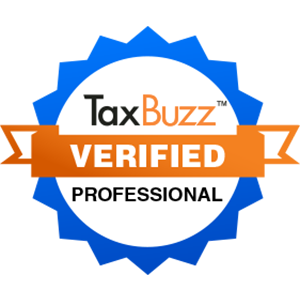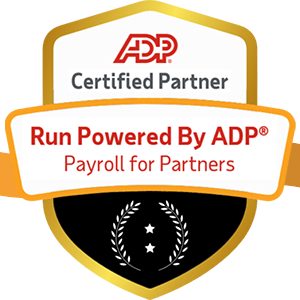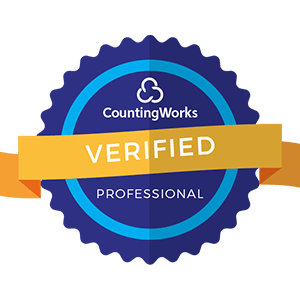
Your employees are your company’s greatest asset, and investing in them is an effective way to further your business’s long- and short-term success. Employee development programs play a critical role in that equation. They help your employees become the absolute best version of themselves, and by extension, this helps your organization grow and prosper.
Employee development is also called professional development. It’s a joint venture between employees and their employers to improve workers’ skills and knowledge bases to the benefit of everyone who participates. It also focuses on giving employees the education they need to grow in your organization throughout their professional career, and it can consist of internal, external, individual, and group learning opportunities.
This guide is designed to help you understand the basics of employee development. It takes a detailed look at the benefits of this practice and gives you tips for implementing a development plan in your organization.
Employee development is not a waste of time or money, as employers might be tempted to think. It is a calculated investment into your employees, which helps support the growth and competitiveness of your organization. There are countless benefits to employee development programs, including the following:
Employees who are not living up to their potential are often bored and unengaged. They may perform their core tasks, but they typically will not go above and beyond. Well-developed employees are more engaged, and they bring more value to your organization.
Professionals don’t want to just sit at a desk and push paper – they want to grow. They want to feel like their contributions make a difference for the business, and employee development programs can play a critical role in this process. Companies that commit to developing their employees have an easier time attracting top talent. They especially tend to attract conscientious workers committed to learning and self-improvement.
One of the biggest reasons people leave their employers is due to a lack of growth opportunities. Employees often jump ship if they feel stagnant and don’t see any room for advancement. Your top performers are more likely to stay with your organization if they are learning, advancing, and tackling exciting new challenges regularly.
Employee development also helps with organizational growth. Companies that spend at least $1,500 per year per employee have 24% higher profit margins than other organizations. They are also better poised to meet challenges and implement changes as needed simply because their workforce is better trained and more evolved.
Creating an employee development plan imparts valuable skills and information to your employees, and it makes them more loyal to your organization. Your organization becomes more competitive and successful as your employees become more knowledgeable, more skillful, and more productive.
.jpg?width=1000&name=Untitled%20design%20(9).jpg)
You understand the clear benefits of employee development, but you’re probably wondering where to start. Don’t feel overwhelmed – you can begin with a few initiatives, review their success, and adjust as needed. Use these tips to guide you:
Think about what you want to achieve. Maybe you want to improve customer satisfaction, cut operating costs, develop more products, or claim a larger market share. Think about your organizational goals and craft your employee development activities in a way that supports those goals.
There’s no one-size-fits-all approach to employee development. A company that writes software or does tax returns, for example, needs a different development plan than a customer-facing organization such as a retail store or a restaurant. Take your industry, your number of employees, and your mission statement into account as you create a development strategy.
You should also customize a development plan for each employee. It should be designed to benefit each employee directly or they will lose interest. Try to strike a balance between group and individual learning opportunities.
Your employees shouldn’t just sit through meetings and tick boxes, they should be involved in this process from the beginning. Ask them about their personal and professional goals and tailor their development plan accordingly.
Mentorships help the mentor and the mentee. Look for natural leaders in your organization and pair them with other employees who can benefit from their skill set and knowledge base. The mentee will learn from their expertise, but the mentor will also learn as they teach and field questions.
Schedule regular opportunities for employee development such as quarterly training sessions, online learning modules, and mentorships, but make sure you regularly check in with employees about their progress. Set new goals and identify new development opportunities at these meetings.
Look at your employee development plan on an organizational level in addition to checking in with each employee. Ask them what’s working well, which development programs deserve more resources, and which should be eliminated. Ask yourself the same types of questions, and make sure you’re constantly refining your approach.
Effective employee development plans do more than just teach your employees new things. They help your employees discover new interests and skills that can make them more valuable and their jobs more fulfilling. They can improve processes between teams and departments, and they reinvigorate employee interest in your organization and its goals. That makes them an investment any company should be making.
One way to promote employee development is to provide them with industry-standard technology and the training to use it effectively. Ignite HCM has been helping companies get the most out of their ADP platforms since 1985, and we can give your team the knowledge and support to make them experts.
We provide the HCM consultancy services businesses need to survive and thrive. Contact us today to talk to an ADP expert or set up an appointment.Your blog post content here…


